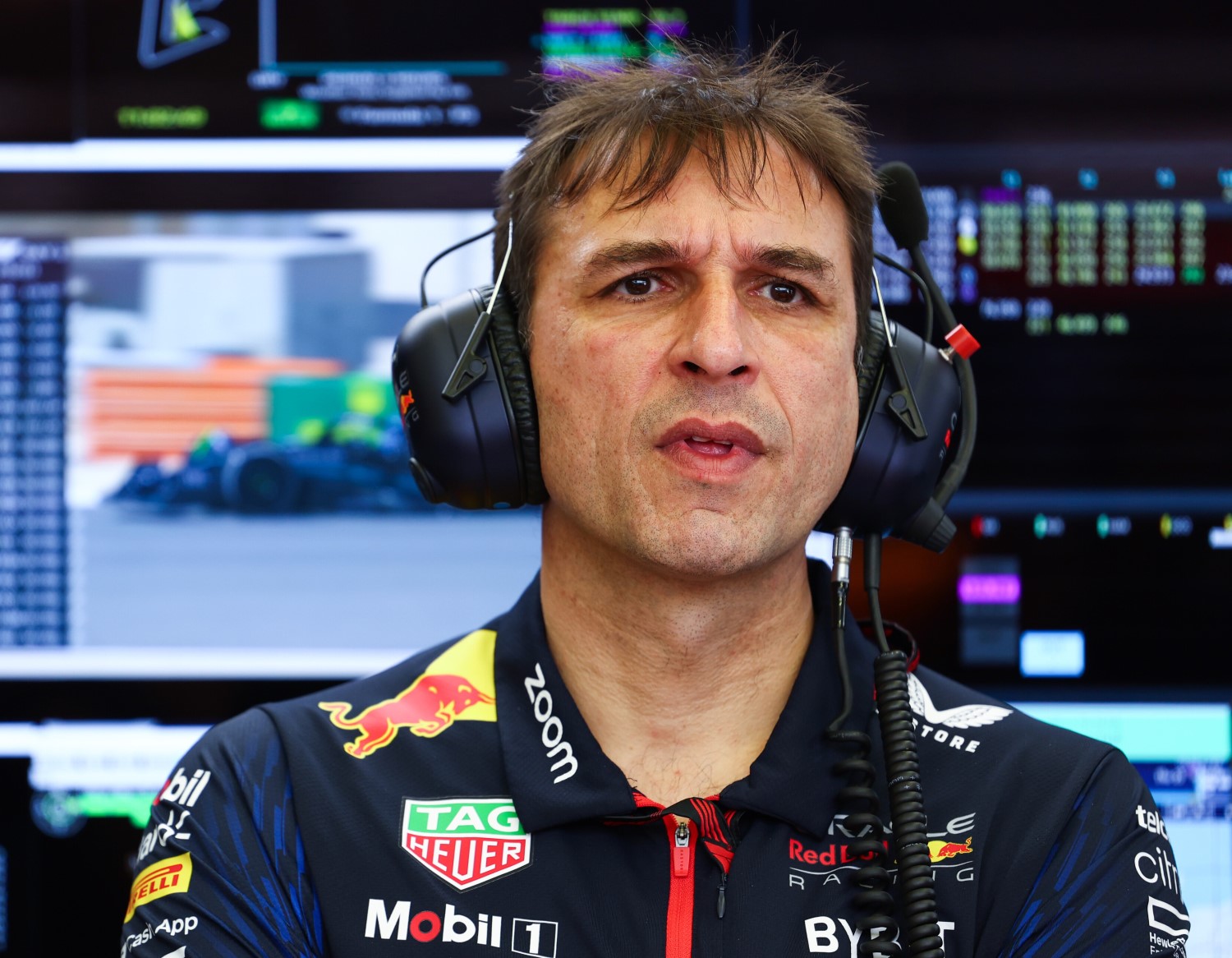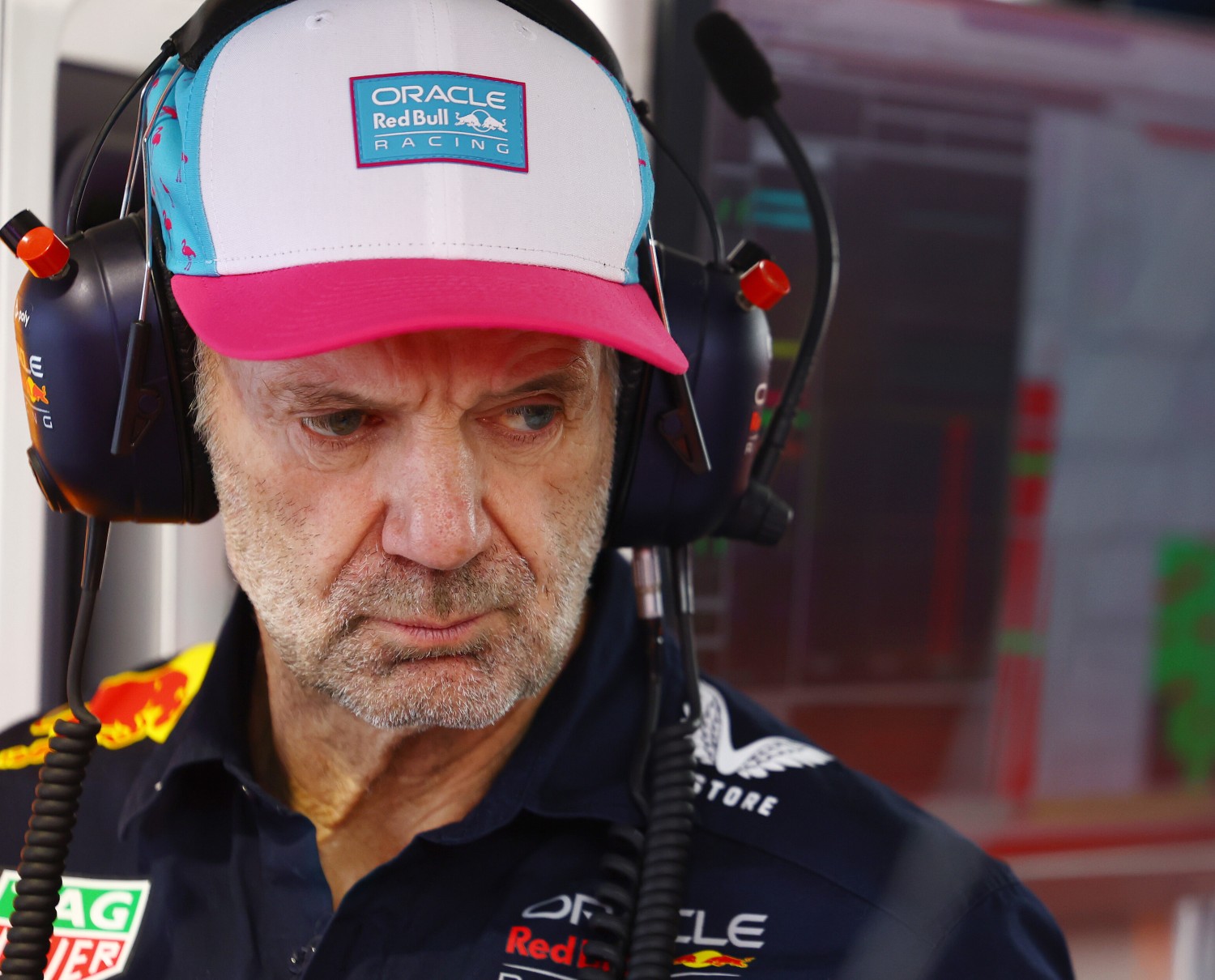F1 News: 2026 engine rules cause 2026 cars to be patchwork (Update)
Red Bull has some pretty smart designers in Adrian Newey and Pierre Wache. They say the 2026 F1 engines were not well-thought-out.
–by Mark Cipolloni–
We have written several articles in the past calling out how ridiculous the 2026 F1 engine formula is, just to try and appease the fake narrative that global warming is caused by humans – it is not, it is caused by activity on the sun – something any scientist not living off the government money trough will tell you.
Related Articles:
Tree-Hugging 2026 engines will destroy current parity
Man-Made global warming is a scam – Climate Activist
As long as a scientist can produce fake climate data that fits the government narrative, grant money keeps flowing their way.
The 2026 engine rules increase the reliance on the electrified part of the hybrid powertrain – it will produce 50% of total power.
F1 is expected to adopt active front and rear wings for the chassis technical regulations in a bid to reduce drag, so the car does not run out of electrical power at the end of long straights from depleted batteries.
Speaking exclusively to Autosport about the straight-line capabilities of the next-generation cars, Pierre Wache said: “The speed is going down and the feeling is not so nice. The FIA works with the teams on how this energy will be deployed to make it less annoying for the driver and to have a better speed profile throughout the lap.

“Plus, they also work on the car characteristics to have less drag and less downforce. By having less downforce, you recover more energy because you spend more time in the corners and in the braking zones, and then you spend less time on straights.”
“You cannot put patch on patch on patch to achieve something. You have to look at the problem with a bigger view and say, ‘How do I sort this out and how do I solve my problem? What car characteristic do I need to achieve something?’
“If you need a patch to solve some things, you can still do that afterwards. But you don’t start with a patch first. Otherwise, it never works.”
“The problem is that the design time and the development time of an engine are longer than the chassis,” explained Wache when asked if the internal combustion should be increased to 60% of the power. “So, to change the concept of the ICE, the battery and the electrical power starts to be very difficult for them by now.
“But the thing is that they didn’t think through the full concept [of these new regulations] at the same time. First they defined the engine regulations and now we have to cope with that on the chassis side to compensate for the issue we have.”
May 31, 2023
(GMM) Adrian Newey has warned that Formula 1’s sweeping rule changes for 2026 threaten to slow the cars down too much.
When Honda last week announced its fully-fledged return to the sport for 2026 in a works collaboration with Aston Martin, the Japanese carmaker said the FIA’s rules vision was the key to the deal.
“In pursuit of its goal of achieving carbon neutrality by 2030, F1 will implement new regulations with an engine-electric motor maximum power output ratio of 50-50,” Honda said.
“This will represent a significant increase in the deployment of electrical power compared to the current ratio, while use of a 100 percent sustainable fuel is also required.”
When asked about the 2026 rules this week, Red Bull’s famous technical guru Newey said F1 obviously requires regulations otherwise the cars would be “ridiculous, like simple rockets”.
However, he warned that the 2026 rules might be going too far.
“The regulations are important, otherwise the safety of this sport would become a very serious concern,” he is quoted by Corriere dello Sport.
“But the changes presented for 2026, with the objectives set by the FIA addressing important issues such as environmental sustainability, pose a threat to the sheer speed and performance that the cars currently exhibit.”

Editor’s Note: On some circuits in 2026, the electric motor battery will run out of energy before a full lap is complete, and the cars will putter around on 50% of the power they have today. Why? Because the internal combustion engine will be dialed back to half the power it makes today.
